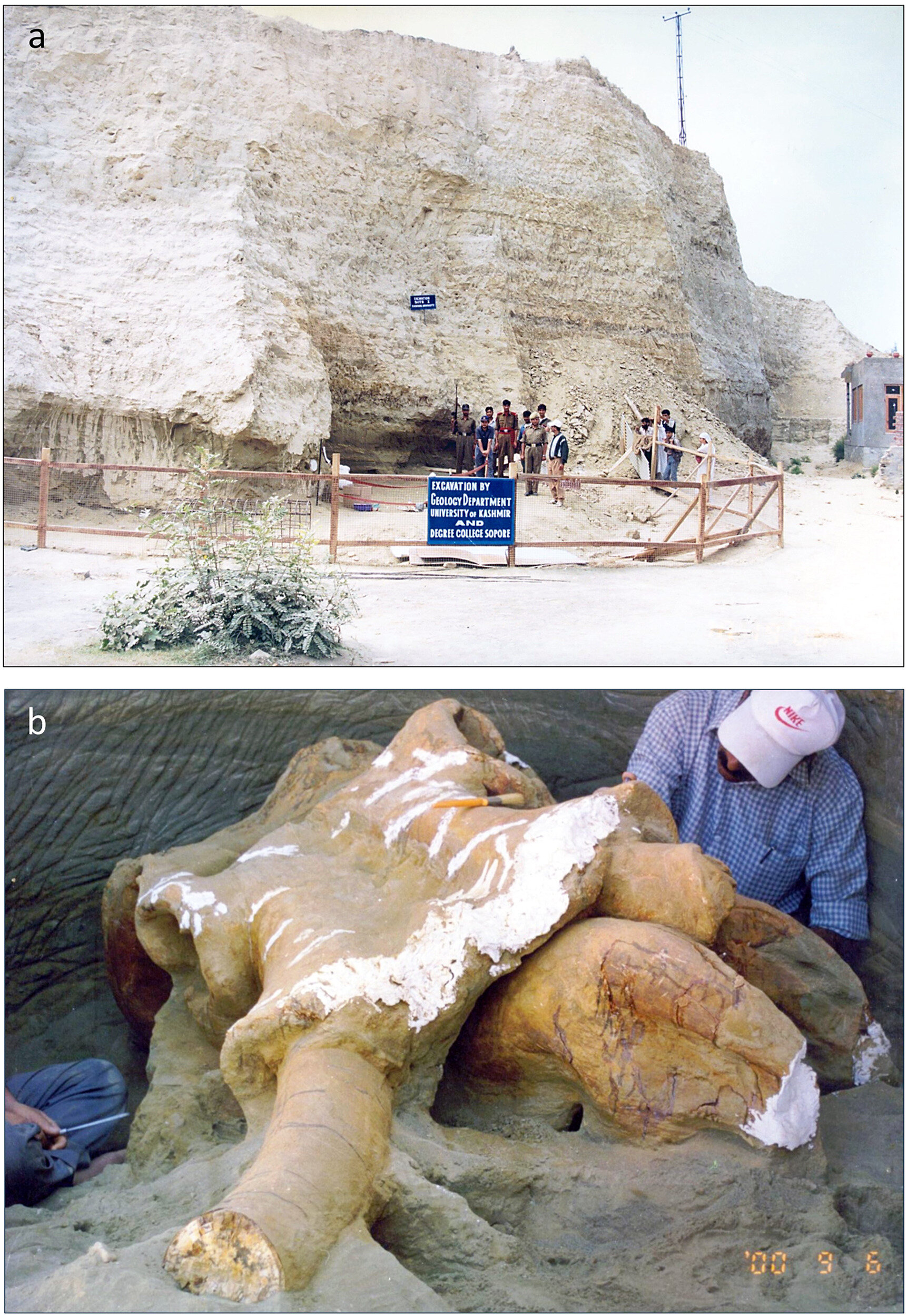During the late middle Pleistocene, between 300 and 400 thousand years ago, at least three ancient elephant relatives died near a river in the Kashmir Valley of South Asia. Not long after, they were covered in sediment and preserved along with 87 stone tools made by the ancestors of modern humans.
The remains of these elephants were first discovered in 2000 near the town of Pampore, but the identity of the fossils, cause of death and evidence of human intervention remained unknown until now.
A team of researchers including Advait Jukar, a curator of vertebrate paleontology at the Florida Museum of Natural History, published two new papers on fossils from the Pampore site. In one, researchers describe their discovery of elephant bone flakes which suggests that early humans struck the bones to extract marrow, an energy-dense fatty tissue. The findings are the earliest evidence of animal butchery in India. The research is published in the journal Quaternary Science Reviews.
Source:
Human exploitation of a straight-tusked elephant (Palaeoloxodon) in Middle Pleistocene deposits at Pampore, Kashmir, India
https://www.sciencedirect.com/science/article/pii/S0277379124003950?via%3Dihub


